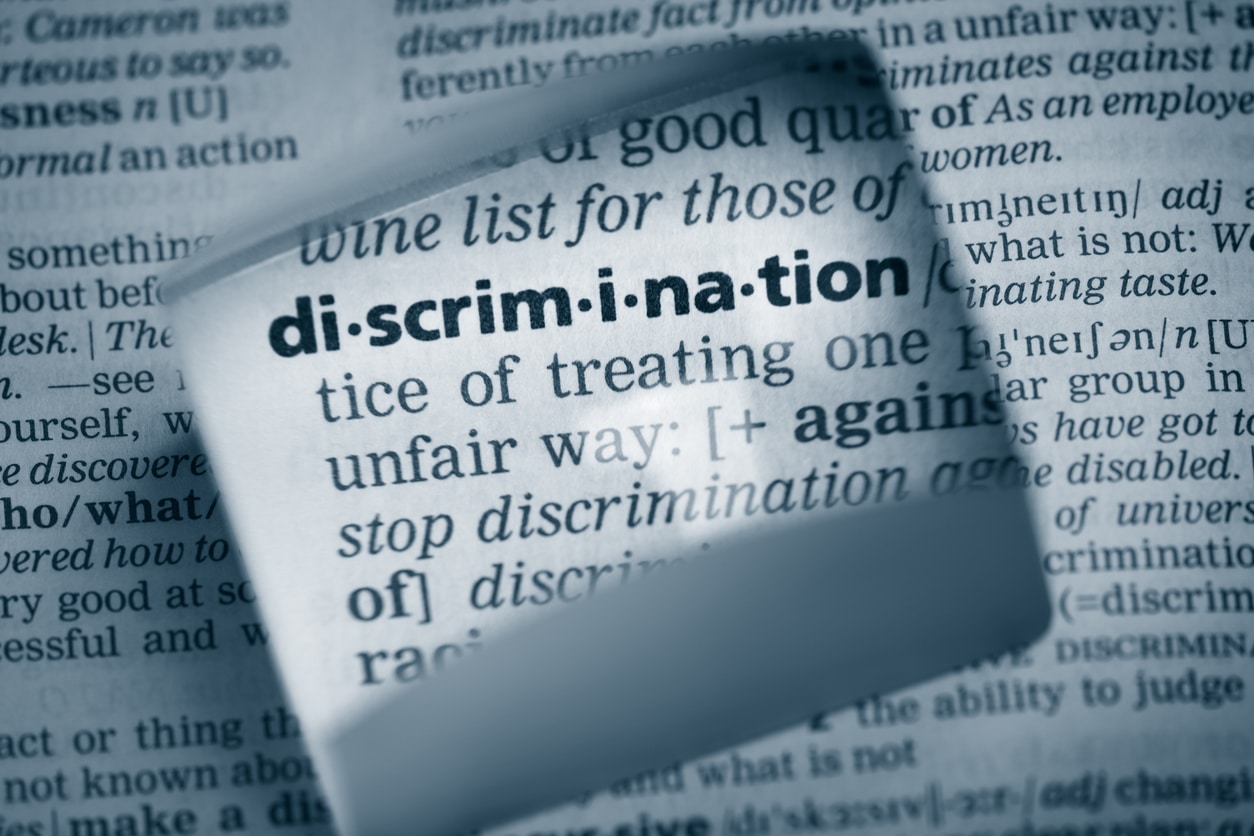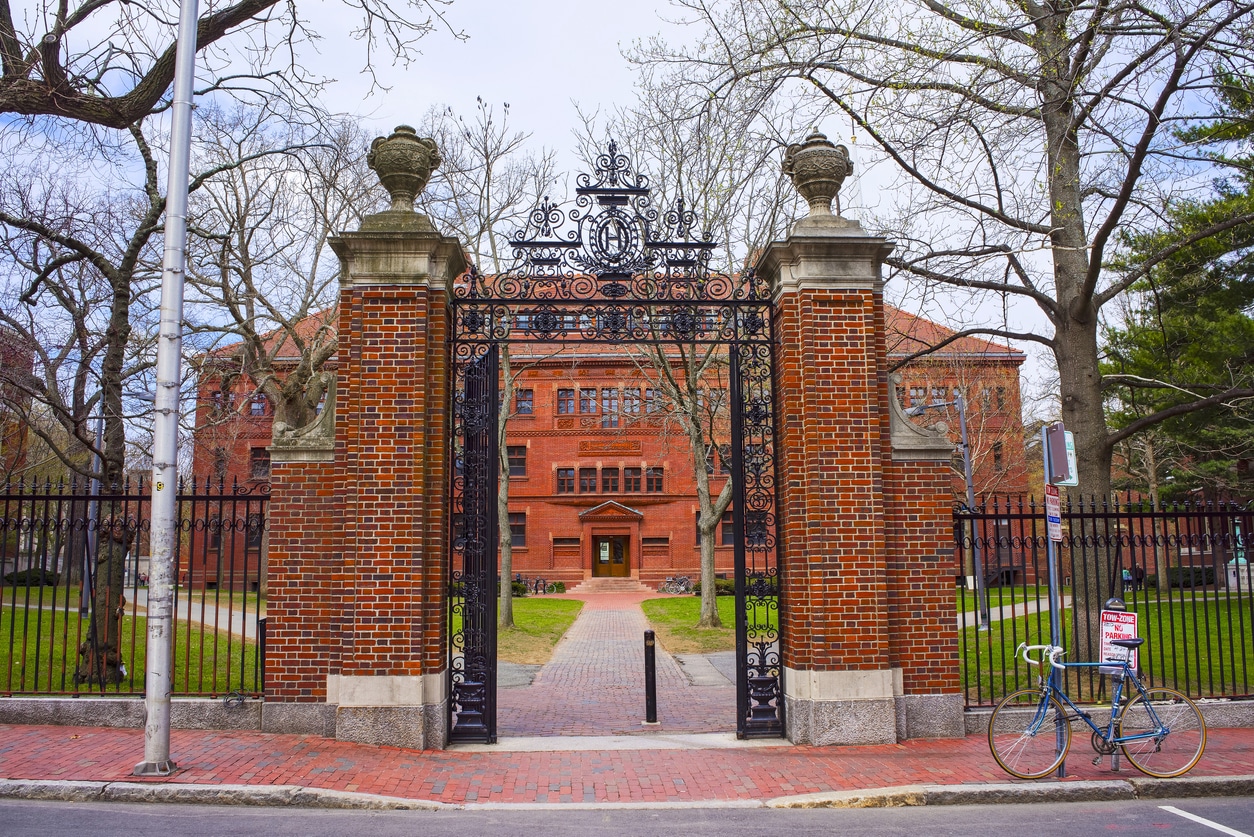One Fair Wage Says Darden Restaurants’ Tips Policy Caused Racial and Gender Discrimination
Can working on tips perpetuate racial or gender discrimination at work? The advocacy group One Fair Wage has filed a lawsuit against industry giant Darden Restaurants arguing that the company’s tips policy caused racial discrimination and sexual harassment by its customers to go unchecked.
Olive Garden Parent Company Comes Under Fire for Discrimination
On April 15, 2021, the non-profit advocacy group One Fair Wage (OFW) filed a discrimination lawsuit against Darden Restaurants, the parent company for popular chains like Olive Garden, LongHorn Steakhouse, and Capital Grille. Darden Restaurant Group owns and controls more than 1,800 chain restaurants, employing 175,000 workers, including thousands who work on tips.
The lawsuit, filed in California’s federal district court, followed on the heels of four separate complaints at the Equal Employment Opportunity Commission (EEOC) on behalf of employees in New York, Washington DC, and California last September. It said that the company’s policies — specifically those related to tipped wages — exposed workers to sexual harassment and racial bias.
One Fair Wage Says Tipping Policy Perpetuated Discrimination
The lawsuit was based on alleged violations of Title VII of the federal Civil Rights Act of 1964, but not necessarily in the way you might expect. The complaint said that Darden’s restaurants used a “subminimum wage” tip policy that caused women and employees of color to be paid less than their white male counterparts. Pam Araiza, a Latina employee in Darden restaurants from 2007 until 2020, is one of the plaintiffs in the lawsuit. She says she was consistently discriminated against and assigned to sections of the restaurant known to generate less in tips:
“Darden pays some of the lowest wages, $2.83 an hour in 40 states. Guests are expected to make up the difference. . . . Managers, hostesses and co-workers have the power to impact your earnings based on tables you are given, deliberately profiling guests based on spending history tied to previous dining, using stereotypes and race as a decision of where they want to put guests. How much you are liked or how you look factors into what you get as well.”
Saru Jayaraman, president and co-founder of One Fair Wage said in a press conference that as the largest member of the National Restaurant Association lobbying group, Darden was responsible for keeping tipped workers’ wages “as inhumanely low as possible.” The complaint alleged:
In addition, the complaint raises concerns about sexual harassment at Darden-owned restaurants. Sexual harassment is rampant in the food industry. According to OFW’s poll of Darden workers, nearly 40% had faced racial or gender discrimination or offensive behavior by a co-worker, manager, or customer. The mandatory subminimum wage policies leave managers little incentive to investigate or respond to sexual harassment claims at work.
When most of an employee’s income is derived from tips, raising concerns about a customer’s treatment means reaching into your own pocket to protect your dignity. With the subminimum wage policies in place at Darden restaurants, many employees can’t afford to stand up for their rights.
Is Darden Restaurant Responsible for Following Federal Tipped Wage Laws?
Still the question remains whether the tipping wage policy in place at Olive Gardens, LongHorn Steakhouses, and other restaurants across the country can truly have created the discrimination alleged by One Fair Wage. The federal Fair Labor Standards Act sets the minimum wage for tipped workers at $2.13 per hour. Employers only have to make up the difference if employees’ tips and their wages add up to less than $7.25 per hour, the normal minimum wage for hourly workers nationwide. Some states have higher minimum wage and tipped wage laws.
Darden’s policy requires that tipped workers be paid the lowest hourly wage allowed by local law. Restaurant managers have no discretion to increase an employee’s wages. One Fair Wage says:
“When a company adopts wage policies or practices like these that result in disparate, negative impacts on the basis of sex and race, and there is no business necessity for doing so, it engages in illegal employment discrimination under federal law.”
The advocacy group and others like it have been lobbying for increased wages nationwide for years. Together with the Restaurant Opportunities Center, OFW has successfully pushed several states to eliminate tipped wages altogether. Now OFW has taken one of the industry’s heaviest hitters to court to put pressure on restaurant groups to do better by their workers. They argue that Darden Restaurants could have mitigated sexual harassment and racial disparities in tipping by creating pooling tips among restaurant employees or charging customers a standard service fee, rather than allowing them to set their own tips according to “capricious and emotional” unconscious biases.
Darden Restaurants defended its policy, saying it was following federal and state laws. Rich Jeffers, Senior Communications Director for the restaurant group called Darden “the employer of choice” and boasted a nationwide average tipped wage of more than $20 per hour. However, this is in large part a result of the work of advocacy groups like OFW to raise wage minimums at the state level. The question of whether the company’s tipped wage policy can result in a Title VII violation for race and gender discrimination may be a novel theory to get workers the help they need to be paid fairly, or it may end up being little more than another step in the advocacy group’s lobbying efforts.
At Eisenberg & Baum, LLP, our employment discrimination attorneys know how unfair wages can create and perpetuate racial discrimination and sexual harassment at work. If your company isn’t compensating you fairly, or if you are being discriminated against in your shifts or assigned duties, we can help you protect your rights at the EEOC, and in state or federal court. We will meet with you and review your options to get paid fairly for your work. Contact us today to schedule a free consultation.











